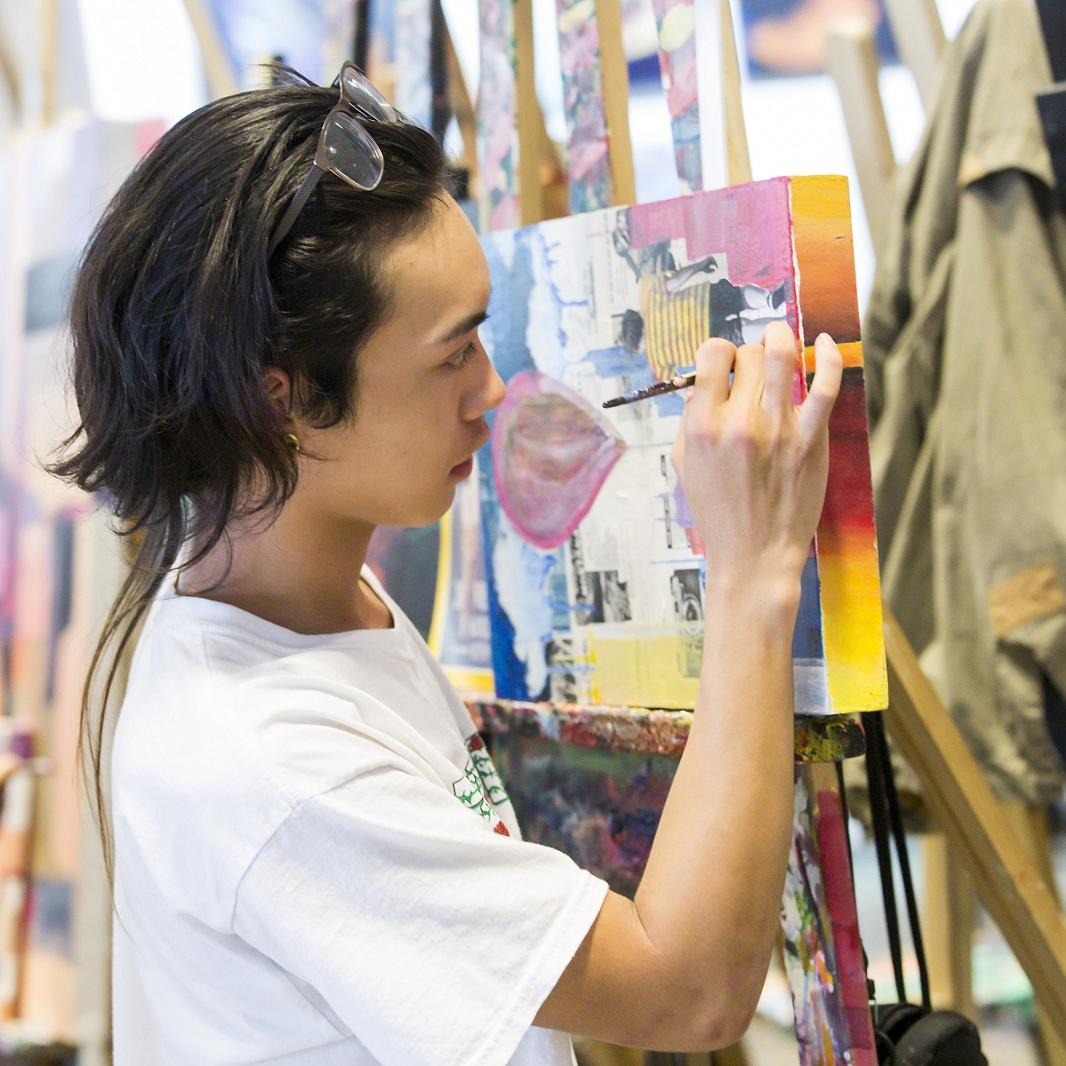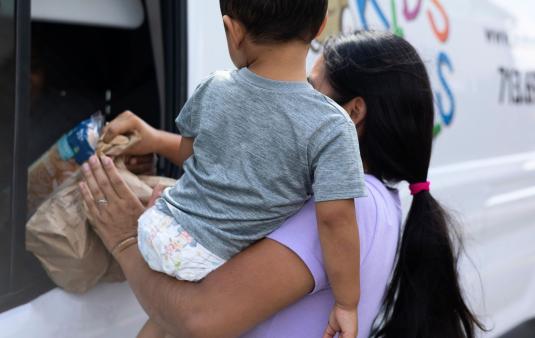In 1991, Boston’s school system was under attack. Enrichment programs were eliminated. Art rooms were shuttered and locked. But local painter Susan Rodgerson knew how transformative an arts education could be—so she personally delivered it to a small group of students from the Martin Luther King Jr. Middle School in Roxbury. One of her pupils was an eighth grader named Jason Talbot. “We worked on a large-scale painting that Susan planned to sell as corporate art. It was unlike any experience I had ever had.”
Out of that experience, Artists for Humanity was born—and Talbot became its Co-Founder and Deputy Director. The nonprofit employs over 300 teens annually to produce arts and creative services which are then sold to the Boston community. “This isn’t a fun after-school activity. It’s a job,” Talbot explains. “The teens commit to working Tuesday, Wednesday and Thursday, 3 to 6 pm. We expect them to contribute, to work hard, to meet deadlines. Last year we had over 700 projects; this is real-world work.”
Artists for Humanity offers painting, graphic design, video, 3D design, photography and screen painting. Mentors guide the teens’ work; there is no requirement for previous experience. “A lot of our youth make their first painting or their first film here. Certainly, people who are gifted in the arts should be here, but we look for need. A lot of our people live below the poverty line. They can really benefit from being part of our community,” Talbot says. They can also benefit from the money. Students make $11 an hour, and if they sell a painting, they get a 50% commission.
Not surprisingly, there is a long waiting list of teens who would like to join the program. In 2017, with the help of BlueHub and support from the City of Boston and the local community, Artists for Humanity embarked on a large building expansion of the EpiCenter, their main programing space. Adding 53,000 square feet, the project has the distinction of being the first building in Boston to achieve LEED Platinum certification, the highest designation for energy sustainable buildings. Critically, it enabled the organization to more than double the number of students served—and that has far-reaching impact.
As Talbot notes, “When you put some money in a teen’s pocket and give them the opportunity to make their own decisions, it can really change their outlook on life.”

